pretreatment
Pretreatment is the initial stage of the wastewater treatment process and consists of a series of mechanical and physical processes designed to remove larger, heavier solids and non-biodegradable materials from wastewater before further treatment.
Pretreatment is carried out in a wastewater treatment facility and generally includes the following stages:

1.Grates: At this stage, the wastewater is passed through grates containing metal or plastic bars with slot-like spaces. The grates retain larger solids such as sticks, leaves, plastics and other debris.
2. Desilting: After passing through the grates, the wastewater flows through a settling tank where heavier solids, such as sand and sediment, are allowed to settle to the bottom of the tank. Sand and sediment are periodically removed through a mechanical extraction process.
3. Degreasing: In this stage, the waste water is passed through a tank where the oils and greases are allowed to separate from the water. Fats and oils are removed through a mechanical scraping process.
Pretreatment is an important stage of the wastewater treatment process, as it helps prevent damage to equipment, avoid blockages in pipes, ensure the efficiency of biological treatment and improve the quality of wastewater before its disposal. additional treatment. In addition, pretreatment helps ensure the safety of personnel working in the treatment plant and protect public health and the environment in general.
Automatic gates
The automatic grates are positioned in the entry channels in order to remove larger solids. There are vertical bar grates, made of perforated sheet, step type.

screw sieve
It works for installation in smaller channels than automatic grates, but its purpose is the same, they are functional for removing fine material.
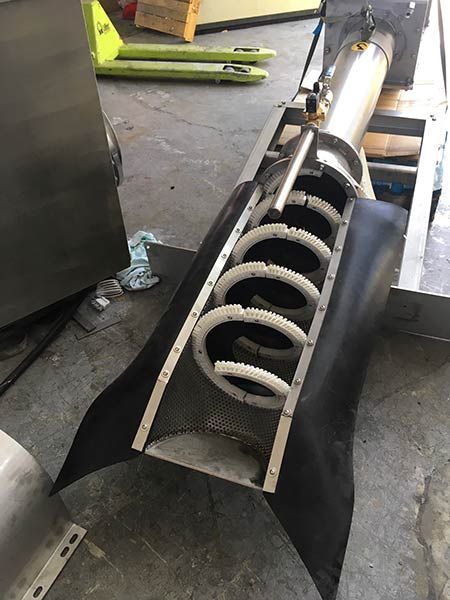
Self-cleaning rotary sieve
It works to remove solids suspended in water flows, they are optimal for industries such as food, liquor, among others.

Rotary drum sieve
They work to remove fine solids in water channels, they are functional for large flows, with their operation they first remove the solids from the channel, then remove them through an endless screw that compacts and dehydrates them in the discharge.

Endless conveyors and compactors
They are responsible for transporting the purified solids, they can be selected with a compaction and dehydration system. For large and robust solids such as sticks, tires, among others, non-purpose pressers and washers are used.
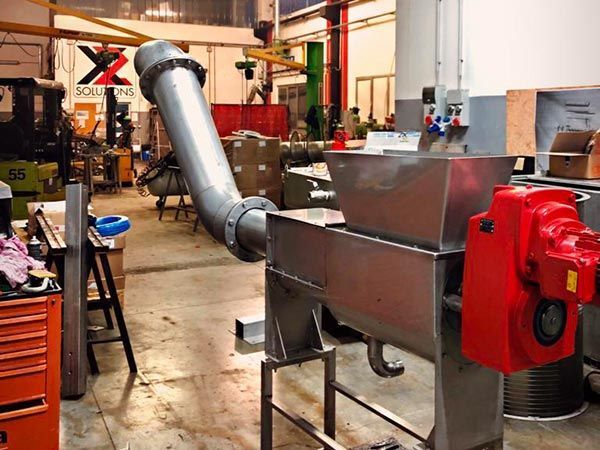
Slide title
Escriba el subtítulo aquíButton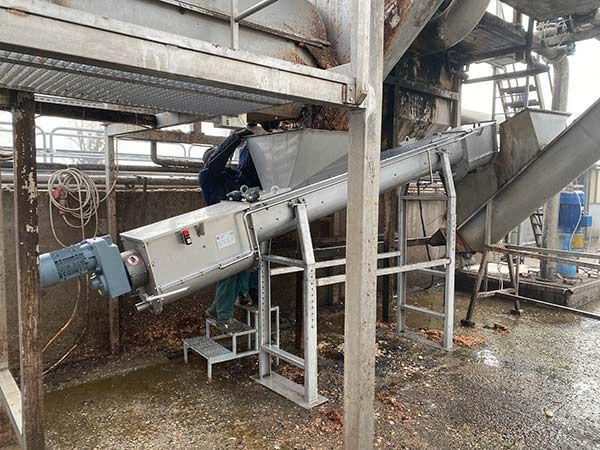
Slide title
Escriba el subtítulo aquíButton
Sand classifier
Normally, in pretreatment systems, desanding must be carried out. For this, there are sand classifiers, which work for large flow rates. The water-sand mixture is pumped into these equipment and the machine is responsible for removing it from the flow.
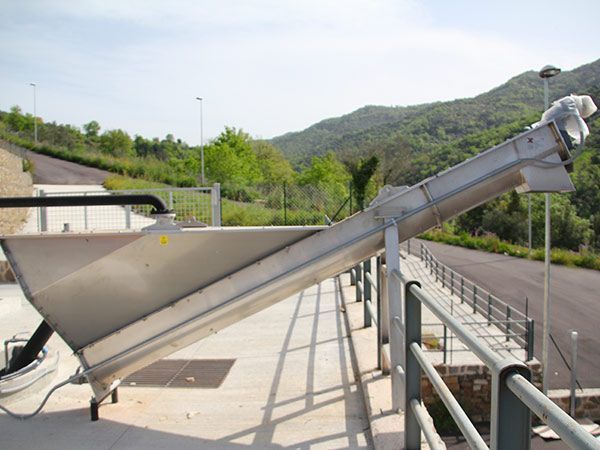
Sand washer classifier
Its purpose is to eliminate sand and organic material. This sand has better properties and can be reused. To achieve this, clean water is injected in counterflow. In the same way as the sand forger, this machine removes the sand from the water flow.
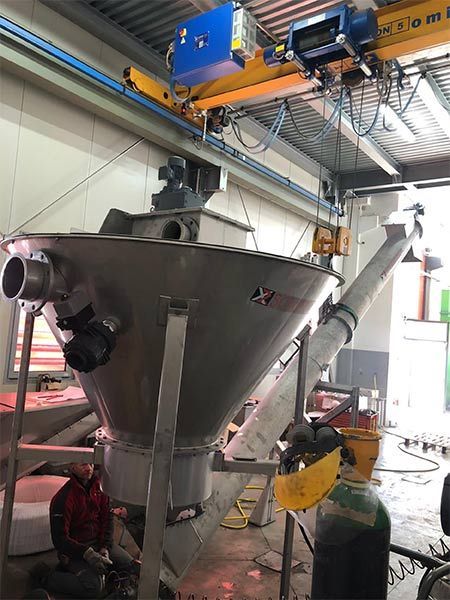
Vortex Desander
The Armenia WWTP is located in the city of Armenia in the department of Quindío. This plant has been operating since 2015. In this project we supplied the sludge sweepers, the flow distributors, the degreaser, and the sand thickener.
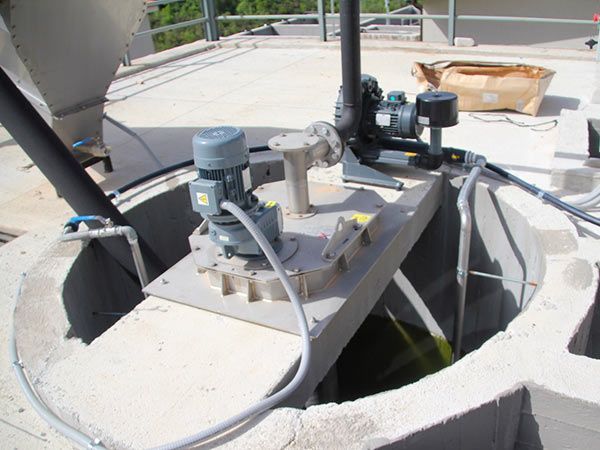
Compact pretreatment
For sand removal, sand removal channels can be used, which due to their large dimensions are efficient to trap large quantities of sand. A longitudinal bridge moves over the channel that moves back and forth. On top of it there are sand pumps that remove the sand from the fund and deposit it in an independent channel for later use.
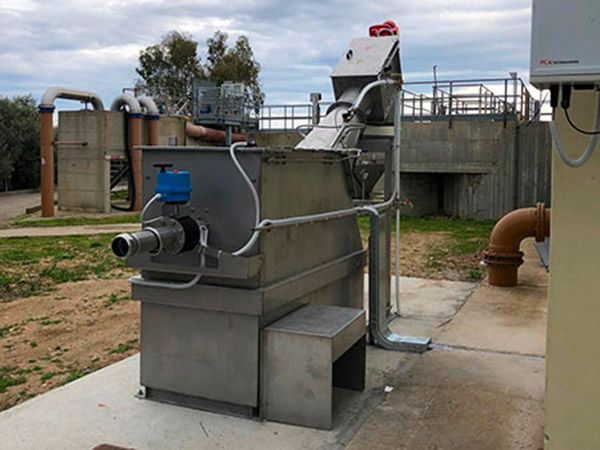
Sand removal bridges
For sand removal, sand removal channels can be used, which due to their large dimensions are efficient for trapping large quantities of sand. A longitudinal bridge moves over the channel that moves back and forth. On top of it there are sand pumps that remove the sand. sand from the bottom and deposit it in an independent channel for later use.
Equom Business Group
Equipment for drinking and waste water treatment
Address: Carrera 124A #18A-81 Bodega Fontibón, Bogotá
Telephones: ( 57) 601 467 2228
Cell phone: ( 57) 3203042721
Email: comercial@gequom.com



